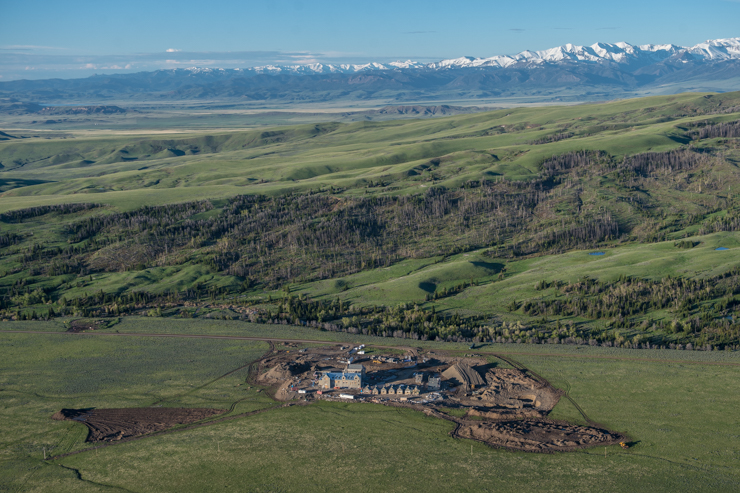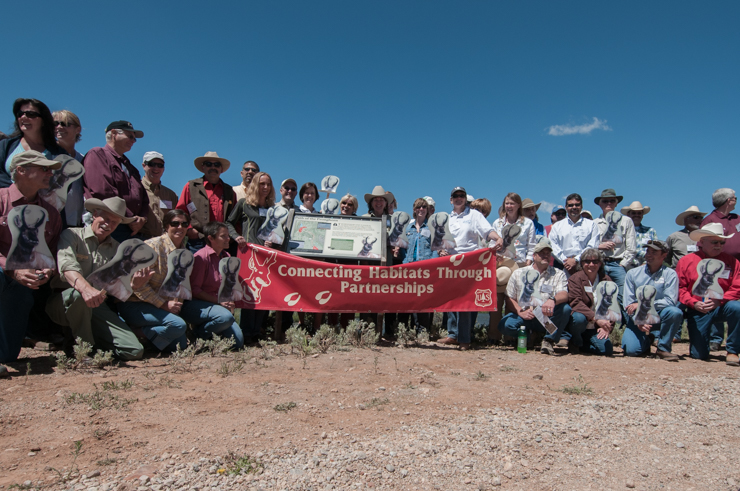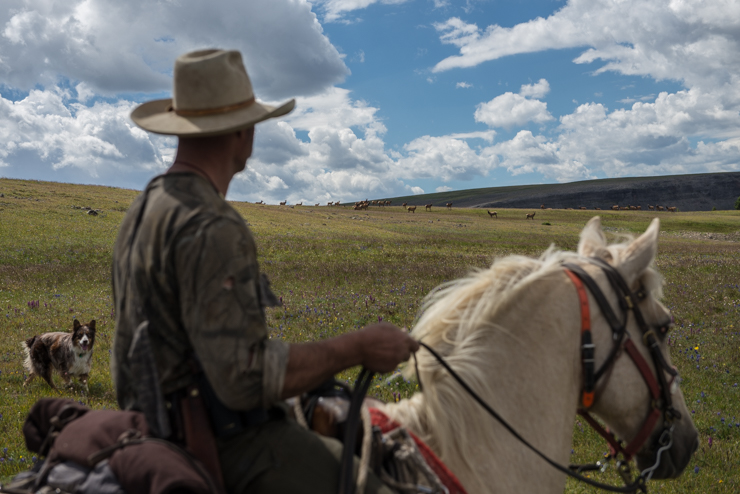ESPM 106 American Wildlife: Management and Policy in the 21st Century (Spring 2018, Spring 2020)
Wildlife can play important roles in natural systems and provide spiritual, cultural, and economic value to people. Yet growing human populations are putting many species under extraordinary pressure through impacts of development, agriculture, harvest, invasive species, introduced diseases, and climate change. Wildlife management and policy are the arenas in which we try to minimize these impacts and balance the needs of people and wildlife. This course will introduce students to the history of key wildlife management and policy paradigms, such as parks and protected areas, threatened and endangered species protections, and state wildlife management. We will then explore in depth a number of species case studies in the Greater Yellowstone Ecosystem, a major laboratory for wildlife science, management and policy. The course will draw on lectures, readings, discussions, and guest perspectives. The course will help students majoring in related fields to prepare for careers in wildlife science and related conservation, management, and policy efforts; but students of any major should come away with a better understanding of key issues facing iconic American wildlife species. This 3-credit course includes 2 hours of lecture, 1 hour of discussion, and significant outside reading each week, and will be offered in spring semester 2018. There are no formal prerequisites, but students with some prior coursework in ecology, particularly population and community perspectives, will get the most from the course.
ESPM 290: Working lands, the biodiversity crisis, and today's protected-area movements (Fall 2020)
For more than a century, land conservation has been cast as a battle between those who seek to protect natural resources, and those who seek to use them. This dichotomous view of conservation has taken many forms, from textbook histories of Preservation versus Conservation, to policy debates over single- and multiple-use management, to scholarly debates over land-sparing and -sharing. Recent efforts to conserve so-called “working lands” ask us to move past this dichotomy, and better integrate private ranches, farms, and forests into broader conservation strategies. These efforts have grown more urgent as scientists and policymakers realize halting biodiversity loss and fulfilling bold (and controversial) visions like the Wilson Foundation’s “Half Earth for Nature,” National Geographic’s “30 percent by 2030,” and California’s 30 by 30 campaign will likely require inclusion of working lands. But what are “working lands”? What are their owners’ and managers’ interests? What does it mean to “protect” them? Are there successful local or regional models, and if so, what policy innovations are needed to scale them up? This 3-unit, 3-hour/week graduate seminar will focus on working-lands conservation, aiming to develop a timely, collective understanding of where working lands fit into emerging conservation strategies.
ESPM 290-10/IB 250: Community ecology: Species interactions and society in an era of global change (Spring 2018)
In this graduate seminar we will review fundamental concepts in community ecology, providing historical perspective on where these concepts came from and how they have evolved in recent decades. We will then explore tools in community ecology, such as measures of interaction strengths, structural equation modeling, and network analysis. In the latter portion of the seminar, students will lead sessions applying community ecology theory and tools to evaluating specific examples of ecosystem change, including ecological outcomes of management and conservation. Examples could include but are not limited to community responses to species extinction, restoration, and invasion; land use change; agricultural subsidies; climate change; drought; and fire. Co-taught with Drs. Justin Brashares and Mary Power.


